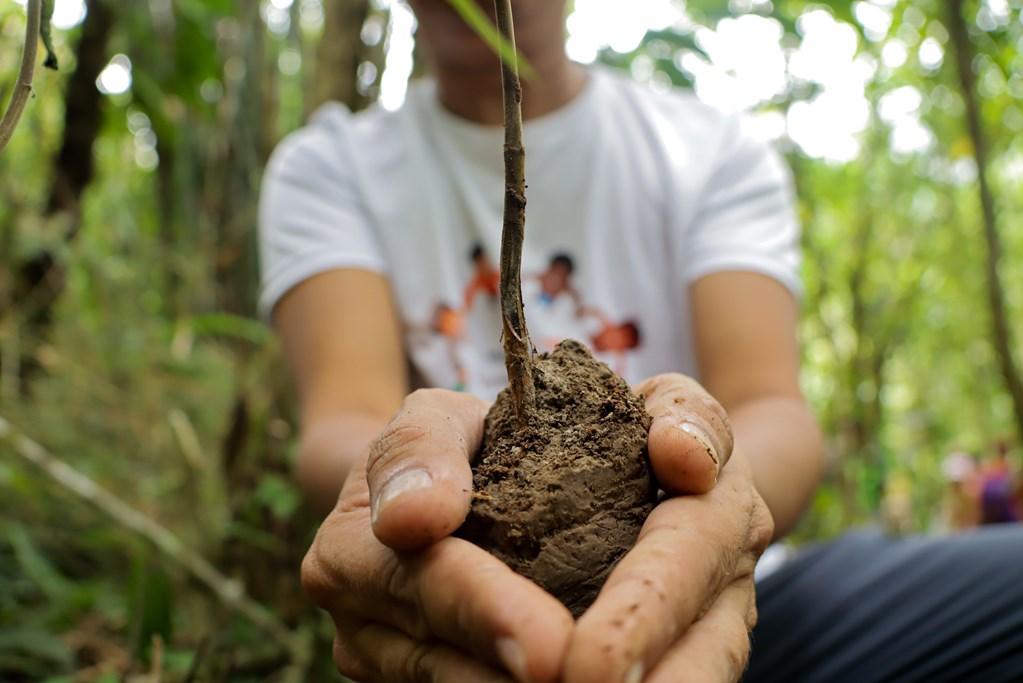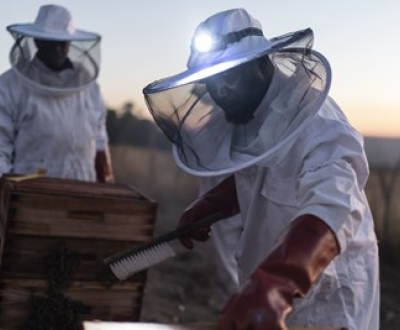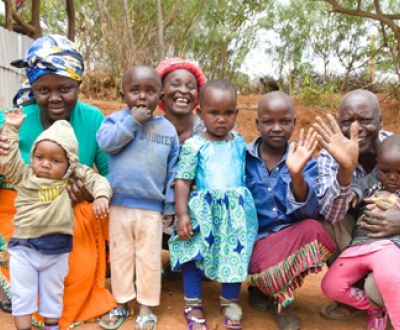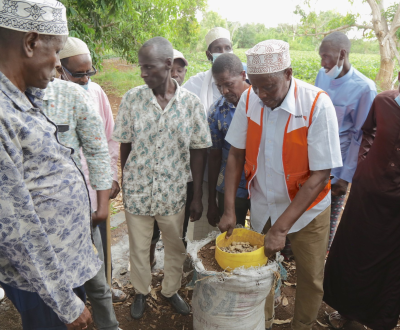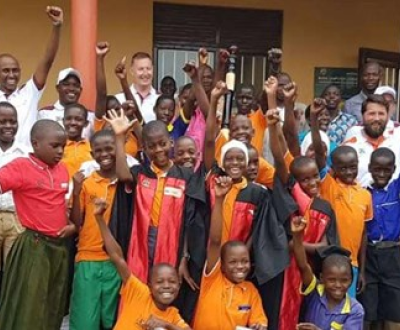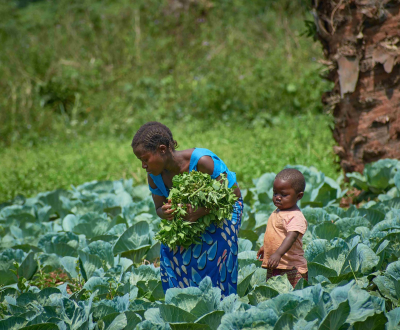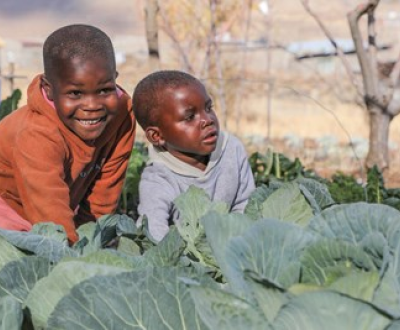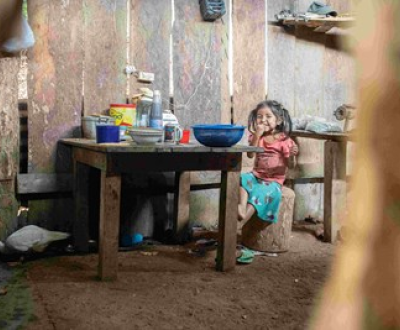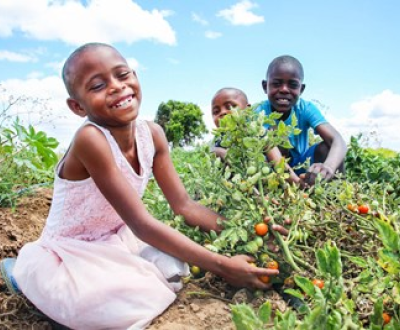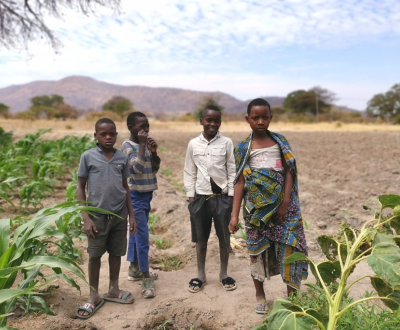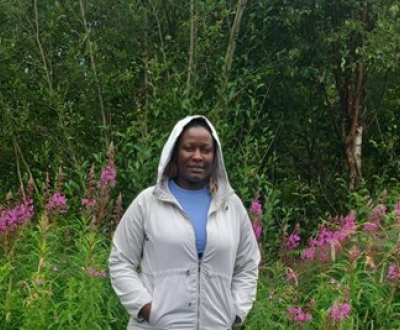The facts
The climate crisis affects everyone. Girls and boys in vulnerable communities are the most affected, even though they are not responsible for it.
Climate change is a threat multiplier:
- Climate-related shocks and risks exacerbate inequalities between children in terms of health, education and long-term development outcomes.
- Threatened livelihoods and competition for scarce resources triggered by changing climate put millions of children at increased risk of violence.
- Women and girls are particularly vulnerable to climate change due to pre-existing gender inequalities and social norms.
- More frequent and severe natural hazards are amplifying already high levels of humanitarian need globally.
Climate change wreaks havoc, increasing people’s vulnerability to humanitarian crises. Sea levels are rising, glaciers are shrinking and agricultural land is degrading due to expanding deserts. Climate change must be addressed or the consequences will be dire. Droughts will become more intense, land degradation and desertification will increase, and the hunger crisis will worsen.
Why it is important to us
World Vision believes every child deserves a healthy and safe environment now and a sustainable future.
We want to ensure that all children can enjoy these rights.
We are an organisation working in countries and communities that have been severely impacted by environmental degradation and climate change. We are greatly worried about what we observe and hear. As a global organisation present in 100 countries, we have unique access to grassroots communities the world over. They have been telling us for years that things are worsening, that the seasons are unreliable. We are working hard to respond to climate change and disasters. We are partnering with others to build their resilience and prepare them for crises. When such events occur, we are ready to help.
To demonstrate our commitment to addressing climate change, World Vision is a member of the following climate change coalitions:
- The United Nations Environment Programme (UNEP) and the Food and Agriculture Organisation (FAO) coordinated UN Decade for Ecosystem Restoration
- The Humanitarian Charter on Climate Change
- The International Partnership on Religion and Sustainable Development (PARD) together with the UNEP Faith for Earth Coalition
Learn about our programmes and approaches
New challenges, tensions, conflicts, and disasters, are all fuelled by climate change. So new thinking, new programmatic responses and greater agility are needed to respond to our fast-changing world. We are partnering with children to act now. Our programmes focus on environmental stewardship and climate action. This will lead to positive outcomes for the wellbeing of children.
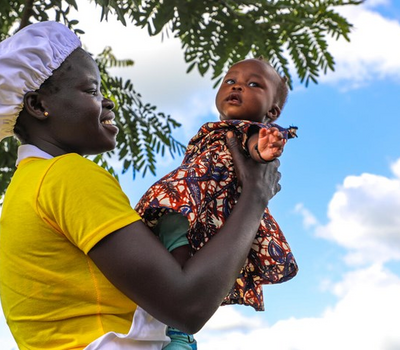
NOURISH
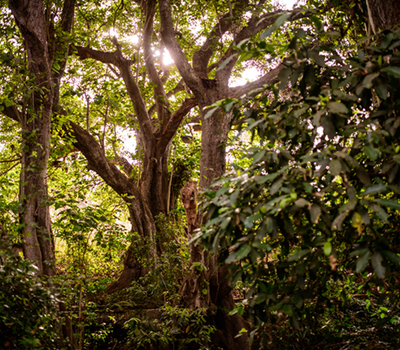
ARDHI Tanga
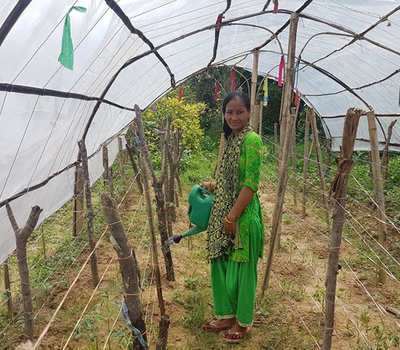
Area Programmes
Find out more about our positions
Read related stories
Get involved with us
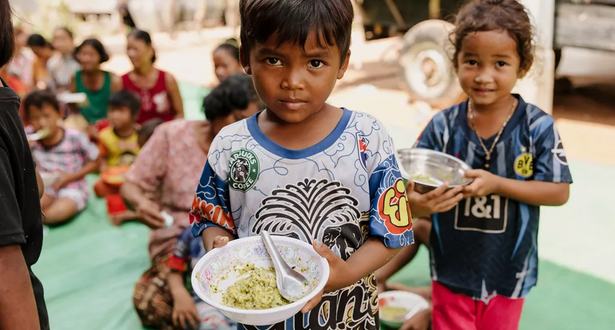
ENOUGH is ENOUGH
Let's end child hunger and malnutrition now.
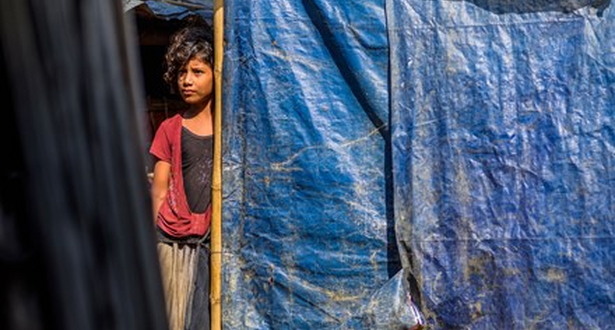
Donate
Donate to help protect children suffering during emergencies such as natural disasters and conflict.
